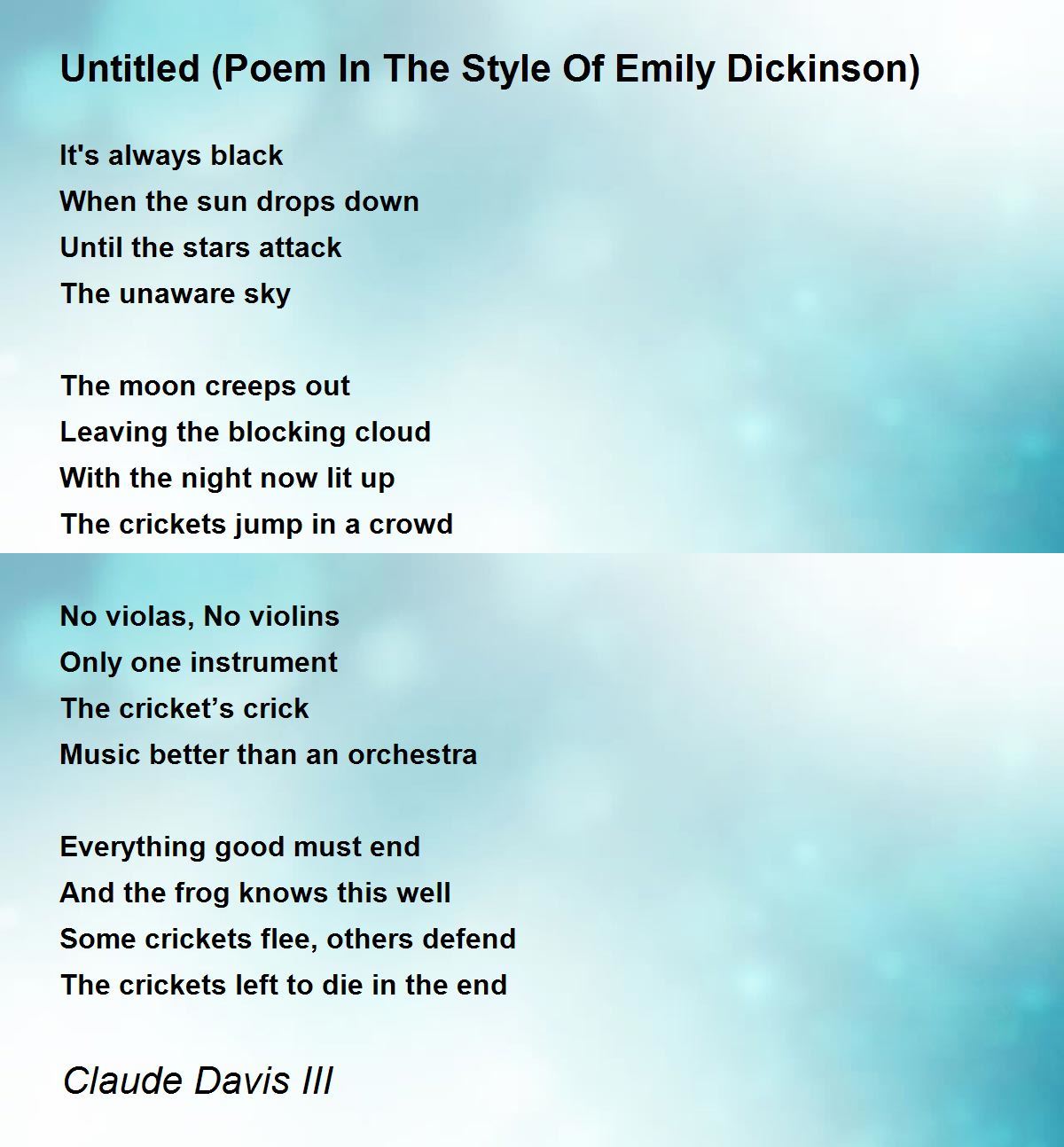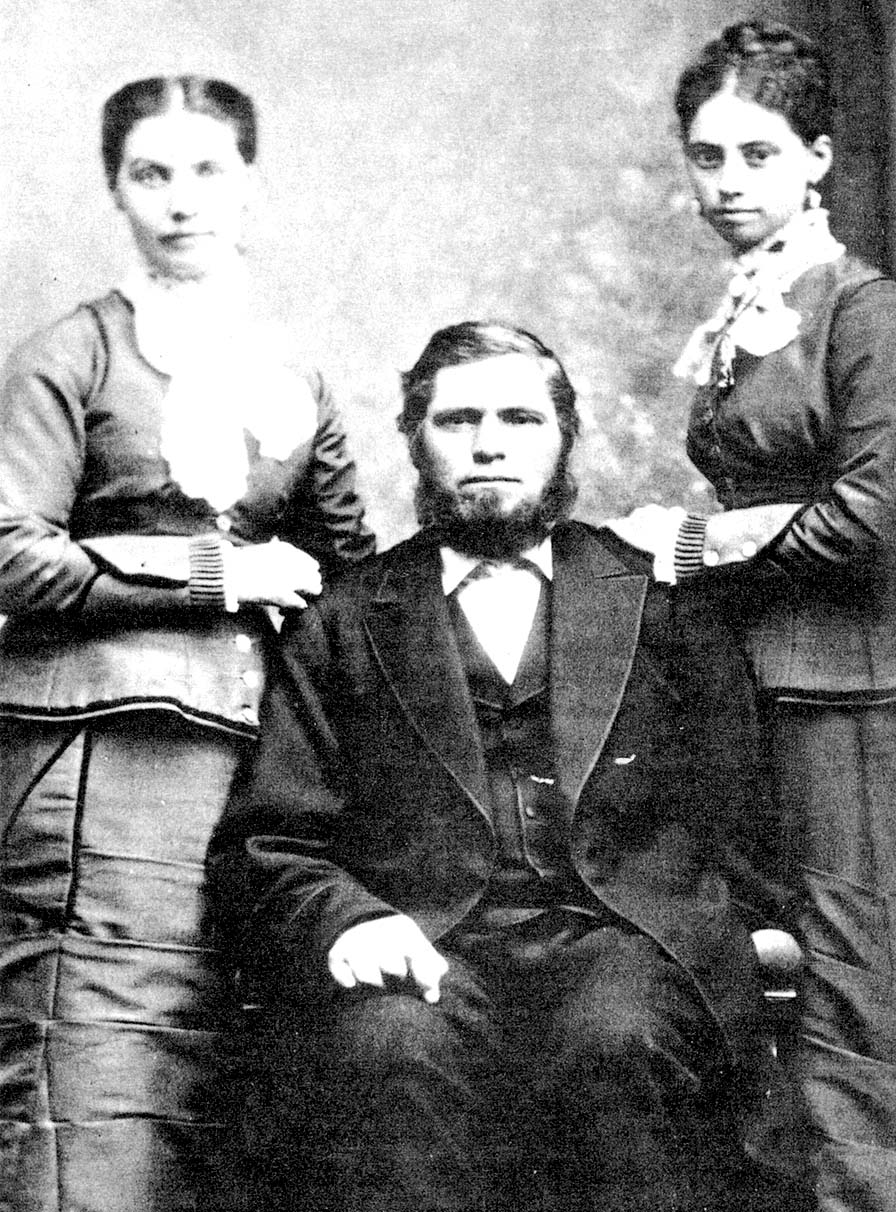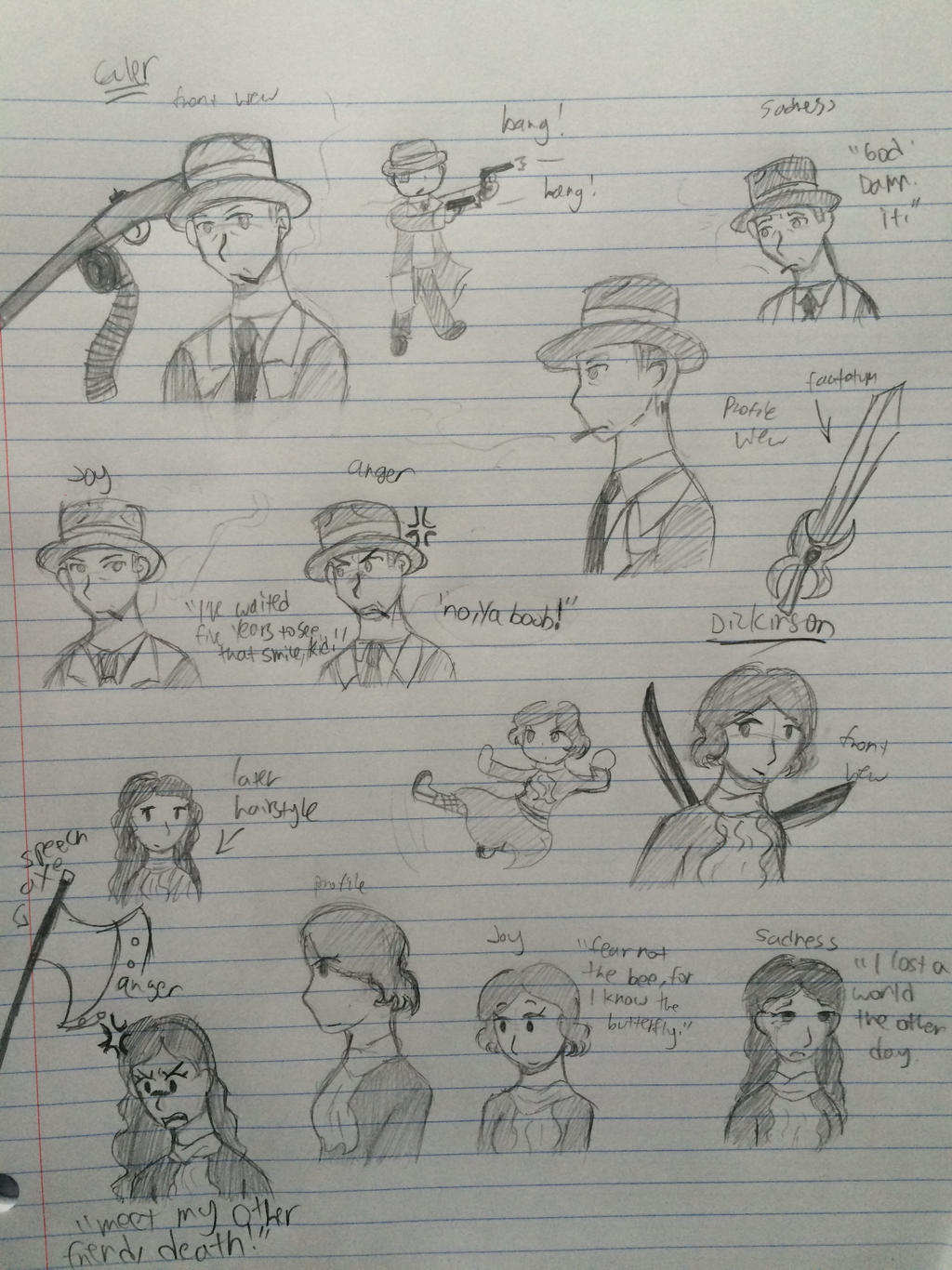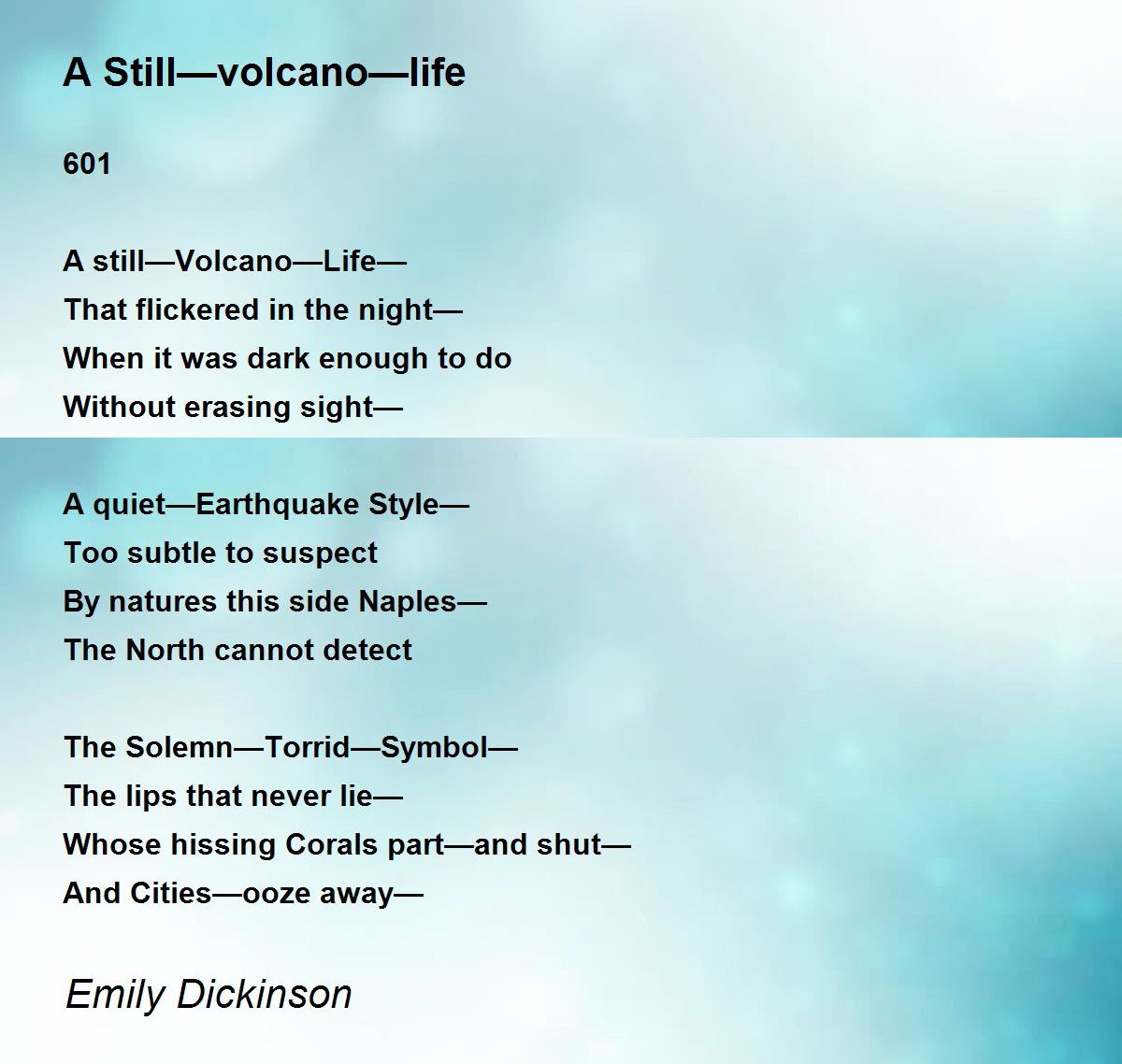Emily Dickinson was a reclusive and enigmatic figure in American literature, known for her unconventional and highly personal style of poetry. Despite being largely unknown during her lifetime, Dickinson's work has since gained widespread recognition for its innovative use of language, form, and imagery.
One of the most striking features of Dickinson's poetry is her use of unconventional syntax and punctuation. Rather than adhering to traditional poetic forms, Dickinson often used unconventional line breaks and capitalization, as well as omitting punctuation altogether. This unconventional use of language gives her poetry a sense of spontaneity and intimacy, as if the reader is privy to the poet's private thoughts and musings.
Another distinctive aspect of Dickinson's style is her use of imagery. Dickinson often employed vivid and sensory imagery in her poetry, using vivid descriptions of nature and everyday objects to convey her ideas and emotions. This imagery is often closely tied to her use of metaphor, as Dickinson frequently used metaphors to explore complex themes and ideas.
In addition to her use of language and imagery, Dickinson's poetry is also known for its intense emotional depth. Many of her poems explore themes of love, loss, death, and isolation, and are infused with a sense of yearning and longing. Despite her reclusive nature, Dickinson's poetry is deeply personal and confessional, revealing the innermost thoughts and feelings of the poet.
Overall, Emily Dickinson's style was highly distinctive and original, and has had a lasting influence on American literature. Through her unconventional use of language, vivid imagery, and emotional depth, Dickinson created a body of work that is both timeless and deeply personal.








